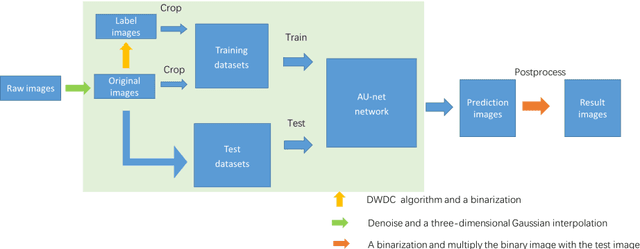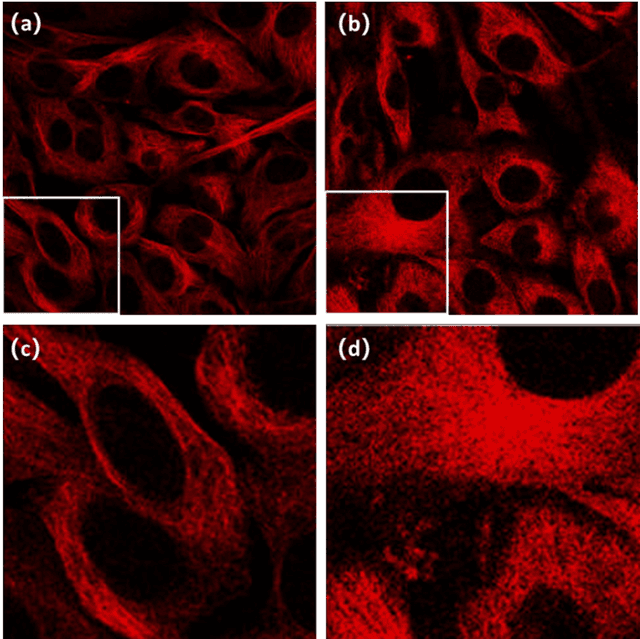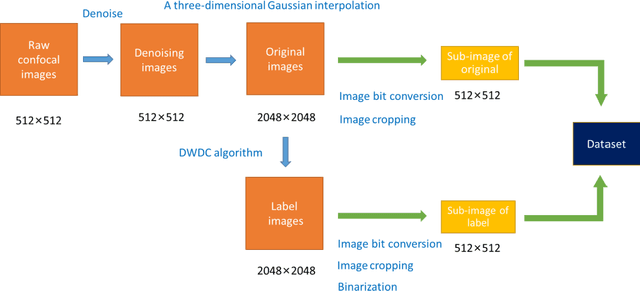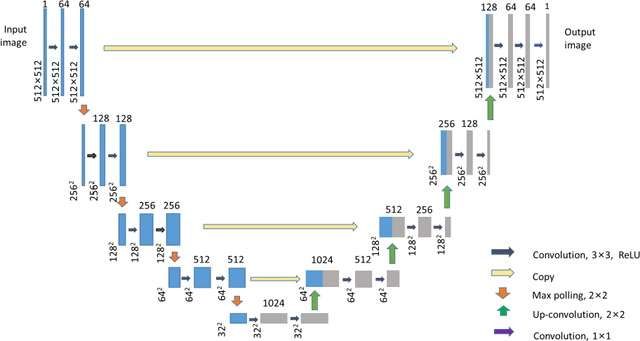Tianyun Zhao
Local-peak scale-invariant feature transform for fast and random image stitching
May 14, 2024Abstract:Image stitching aims to construct a wide field of view with high spatial resolution, which cannot be achieved in a single exposure. Typically, conventional image stitching techniques, other than deep learning, require complex computation and thus computational pricy, especially for stitching large raw images. In this study, inspired by the multiscale feature of fluid turbulence, we developed a fast feature point detection algorithm named local-peak scale-invariant feature transform (LP-SIFT), based on the multiscale local peaks and scale-invariant feature transform method. By combining LP-SIFT and RANSAC in image stitching, the stitching speed can be improved by orders, compared with the original SIFT method. Nine large images (over 2600*1600 pixels), arranged randomly without prior knowledge, can be stitched within 158.94 s. The algorithm is highly practical for applications requiring a wide field of view in diverse application scenes, e.g., terrain mapping, biological analysis, and even criminal investigation.
PTA-Det: Point Transformer Associating Point cloud and Image for 3D Object Detection
Jan 18, 2023Abstract:In autonomous driving, 3D object detection based on multi-modal data has become an indispensable approach when facing complex environments around the vehicle. During multi-modal detection, LiDAR and camera are simultaneously applied for capturing and modeling. However, due to the intrinsic discrepancies between the LiDAR point and camera image, the fusion of the data for object detection encounters a series of problems. Most multi-modal detection methods perform even worse than LiDAR-only methods. In this investigation, we propose a method named PTA-Det to improve the performance of multi-modal detection. Accompanied by PTA-Det, a Pseudo Point Cloud Generation Network is proposed, which can convert image information including texture and semantic features by pseudo points. Thereafter, through a transformer-based Point Fusion Transition (PFT) module, the features of LiDAR points and pseudo points from image can be deeply fused under a unified point-based representation. The combination of these modules can conquer the major obstacle in feature fusion across modalities and realizes a complementary and discriminative representation for proposal generation. Extensive experiments on the KITTI dataset show the PTA-Det achieves a competitive result and support its effectiveness.
Super-resolution reconstruction of cytoskeleton image based on A-net deep learning network
Dec 17, 2021



Abstract:To date, live-cell imaging at the nanometer scale remains challenging. Even though super-resolution microscopy methods have enabled visualization of subcellular structures below the optical resolution limit, the spatial resolution is still far from enough for the structural reconstruction of biomolecules in vivo (i.e. ~24 nm thickness of microtubule fiber). In this study, we proposed an A-net network and showed that the resolution of cytoskeleton images captured by a confocal microscope can be significantly improved by combining the A-net deep learning network with the DWDC algorithm based on degradation model. Utilizing the DWDC algorithm to construct new datasets and taking advantage of A-net neural network's features (i.e., considerably fewer layers), we successfully removed the noise and flocculent structures, which originally interfere with the cellular structure in the raw image, and improved the spatial resolution by 10 times using relatively small dataset. We, therefore, conclude that the proposed algorithm that combines A-net neural network with the DWDC method is a suitable and universal approach for exacting structural details of biomolecules, cells and organs from low-resolution images.
 Add to Chrome
Add to Chrome Add to Firefox
Add to Firefox Add to Edge
Add to Edge